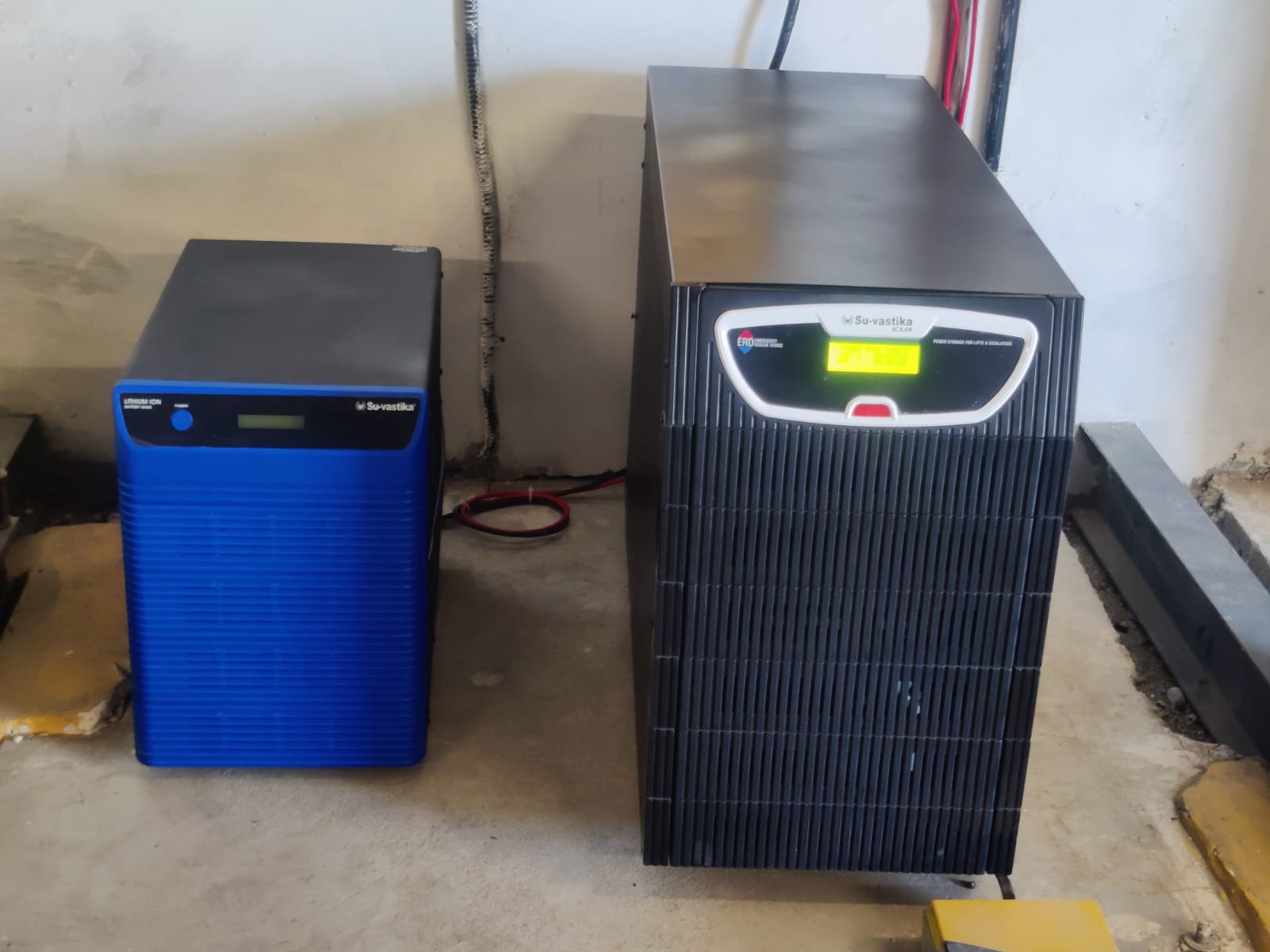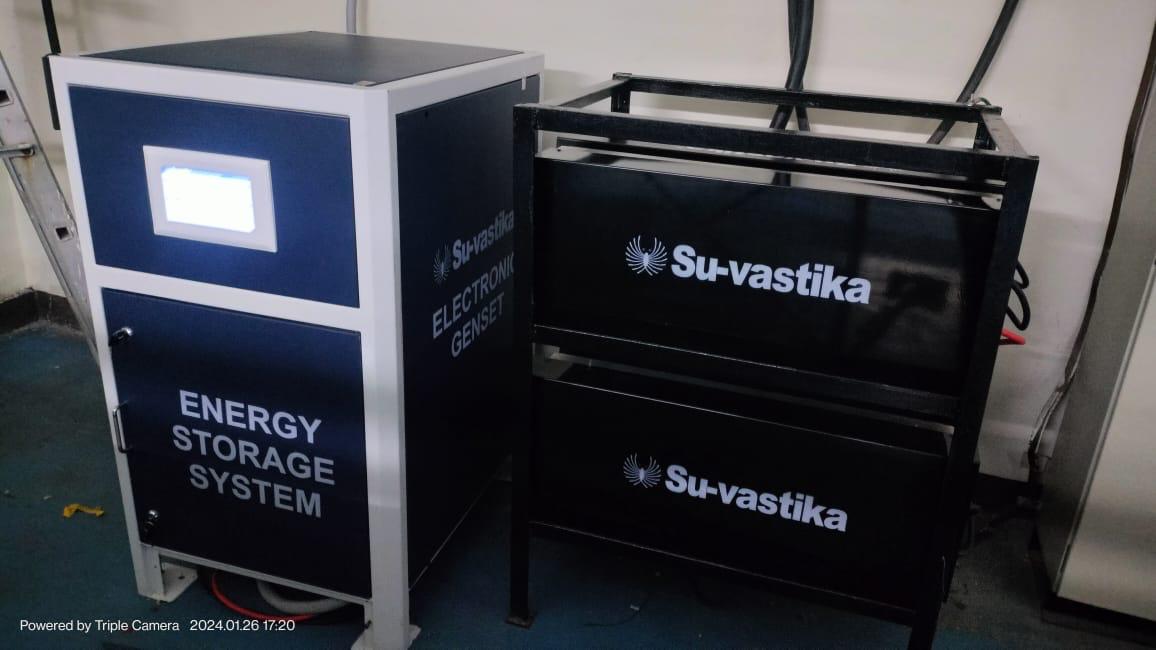
Here js the ultimate guide to Inverter/UPS lifespan and to check the lifespan of an inverter/UPS, there are two important parameters to decide the life of an Inverter/UPS Auto Overload Restart and Auto Short Circuit Restart feature in Inverter/UPS.
The Auto Overload Restart feature is when the Load is applied to the Inverter/UPS. Then what happens when Inverter/UPS is overloaded, and if the Inverter, after overloading, restarts automatically, then it’s called the Auto overload restart feature. In the same way, if the Inverter/UPS automatically restarts after the short circuit happens for any reason, this is called the Auto Short Circuit restart feature.
An Inverter/UPS dealer doesn’t know how to check the life of an inverter/UPS as they have no idea of checking an Inverter/UPS life test. Today in this blog, we will make you aware of how to check the long life of an Inverter/UPS. The easy test that any Battery Inverter Dealer can do at his shop without much hassle of testing equipment. In this blog, we have tried to explain the two parameters which decide the lifespan of an Inverter/UPS and how to check these two important parameters Auto Overload and Auto Short Circuit restart feature.
Most companies service the consumer because the MOSFETs of the Inverter/UPS keep getting burnt when the user is using the Inverter/UPS to its full capacity. The user and dealer don’t know why this is happening. In certain brands, taking the AMC contract of an Inverter/UPS is a must, as the failure in the inverter/UPS keeps happening after every six months. In today’s times, most branded Inverters/UPS come with a microcontroller in which the embedded software is written, which controls all the features of the Inverter/UPS, it’s a Digital or Squarewave inverter Or Pure Sinewave Inverter/UPS. https://suvastika.com/how-to-choose-inverter-ups/
In Su-kam, I was the first person in the industry to design the first microcontroller-based Inverter/UPS in 2001 using the microcontroller PIC16F72 of Microchip, USA., which has become an obsolete part. Most designers are from Su-kam, or everyone must copy the Su-kam Inverter designed in 2001. Most industry players use the same microcontroller to make a cost-effective Inverter/UPS in India, as the price is a primary concern while designing the Inverter/UPS. Rather than improving the features in the Inverter/UPS, people are reducing the features necessary to the running life of an inverter/UPS. Without those features, users will be affected badly. As the competition in price is increasing daily, manufacturers are cutting costs by reducing the heat sink size as Aluminium has become very costly and not giving the quality to the user they should have given. It’s not an easy task to design the Inverter/UPS. This embedded software plays a vital role in the functioning and controls of the Inverter/UPS. The transformer is also designed to save cost, and the complaint of transformer burning has increased as the price is the only concern when designing the Inverter/UPS.
Here we will explain the most crucial feature of Auto Overload and Short Circuit Restart features.
Suppose one has to check the life of the Pure Sinewave Inverter/UPS or Squarewave inverter/UPS. In that case, the only review is to short-circuit the Inverter/UPS in the battery mode at least five times when the full Load is running. If the pure Sinewave UPS/Inverter restarts after that, this will be considered as a rugged pure Sinewave Inverter/UPS. One can say that the life of the Inverter/UPS will be at least 20 years, and it will work without fail. This test will prove that the design of the Inverter/UPS is appropriately made. In this condition, the transformer and the complete circuitry of the Inverter/UPS are tested and the simplest way to check the life of any Inverter/UPS.
Another check is the Auto Overload Restart Feature check. How much time can an inverter/UPS withstand the Overload feature? So one has to check at the 125%, 150% and 200% load capacity and note down the timing for the withstanding power of the Inverter/UPS. Whichever inverter/UPS stands for the highest time can be considered the best Inverter/UPS. The critical parameter is the Auto Restart feature after the Overload and Short Circuit. Suppose this feature is missing in the inverter/UPS. In that case, one should never buy that inverter/UPS as this will fail on Overload and short circuit as the manufacturer does not know the importance of the Overload and Short Circuit Restart feature.
Let us imagine a situation in which the kids and older adults are at home, and by mistake, kids switch on the extra Load, and a Power cut is going on, and no adult person is there at home to monitor him. Imagine that the regular inverter/UPS goes off immediately after the Overload. There is no way that kid can reach the Inverter/UPS, and there is complete darkness at home, and the kid will get scared and live all his life in fear of darkness.
Nyctophobia is an extreme fear of the dark. The name comes from the Greek word for night. Children and adults with nyctophobia may fear being alone in the dark. They may have anxiety in dark places, and they may have trouble sleeping in a darkened room, or they are scared of dark spots, and they fear going alone to the toilets or staying alone at home.https://www.healthline.com/health/nyctophobia
Nyctophobia develops mainly when the child is in the age bracket of 2 to 10 years of age, as the darkness creates fear in a child’s mind, which stays all along the life while growing to get old.
Below are the time duration of load handling capability as per Load percentage:-
In the Su-vastika Pure Sinewave UPS model, we have kept the provision that if the Load is 100% to 110%, it will run for 1.5 minutes and take four times auto-retry, which is the real Acid test for any adequately designed inverter/UPS to pass. If the Load is 110% to 125%, it will run for 25 sec. And takes four times auto-retry. If the Load is 125% to 150%, it will run for 15 sec. and handle four times auto-retry. If the Load is 150% to 175%, it will run for six sec. And takes four times to auto-retry. If the Load is 175% to 200%, it will run for 0.8 sec. And takes four times to auto-retry. If the Load is >200%, it will run for 0.48 sec. and handle four times auto-retry. If the Load is 300%, it will shut down with short-circuit protection and take auto-retry twice. This is a major checkpoint for any technical person to check the Inverter/UPS life check.
So we have tried to explain the Auto Overload restart and Auto Short Circuit restart features in this blog.






